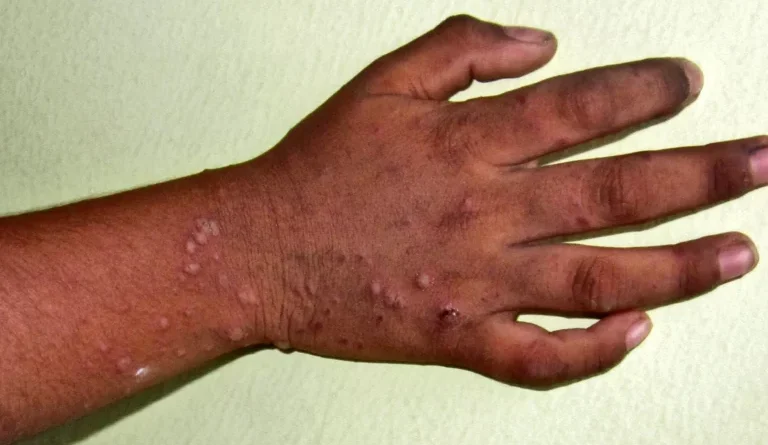Parents warned as HFMD spreads among young children
An outbreak of Hand, Foot and Mouth Disease (HFMD) in Zimbabwe is raising concerns among parents as doctors work to establish a definitive diagnosis, health officials say.
The disease, caused by the Coxsackie virus, primarily affects children under five years old. Symptoms include a rash with spots or blisters on the hands and feet, mouth ulcers, fever, and fatigue.
A parent, who asked not to be named, told CITE that her two children, aged six months and three years, fell ill within weeks of each other.
“I started noticing these symptoms in my three-year-old daughter. She had blisters on the tongue, and sores that looked like red spots on the palms of her hands, knee area, buttocks, toes, and under her feet,” she said.
She said the illness soon spread to her infant.
“After a week or so, the infant also started showing similar symptoms, meaning this was contagious. She developed a fever, was coughing, and was not lactating.”
The parent said a paediatrician prescribed medication to manage the pain.
“In a few days my children were showing improvement. Initially I had been applying calamine lotion, but I was advised to stop,” she added.
Other parents have reported similar experiences on social media, sharing observations of symptoms and treatments suggested by different doctors. Some doctors confirmed treating multiple cases, noting that there is no specific cure.
Bulawayo Provincial Medical Director (PMD), Dr Maphios Siamuchembu, confirmed the outbreak.
“Yes, we have an outbreak of what we suspect to be Hand, Foot and Mouth Disease. We have not confirmed the diagnosis, but we have confirmed the outbreak,” he said.
“It is self-limiting. Management is supportive and treatment is symptomatic.”
Dr Siamuchembu emphasised that HFMD is caused by a virus and therefore cannot be treated with antibiotics.
Local health expert Dr Misheck Ruwende also shared guidance on social media, explaining that HFMD is usually mild and resolves within 7 to 10 days.
“Most children will get a rash with spots or blisters on their hands and feet, along with mouth ulcers, fever, and tiredness. While it spreads easily in day care and schools, it is usually much milder in adults than in children,” he said.
Dr Ruwende advised parents on home care, including giving pain relief, encouraging fluid intake, and letting blisters dry naturally. He said children should not return to school or childcare until blisters have dried to prevent spreading the virus.
HFMD is highly contagious, especially during the first few days of illness, often before the rash appears. Parents are urged to practice good hygiene, including frequent handwashing, disinfecting shared surfaces and toys, and avoiding sharing cups or cutlery.
“Your child can get hand, foot and mouth disease more than once because there are different types of viruses that can cause a new infection,” Dr Ruwende said. CITE




